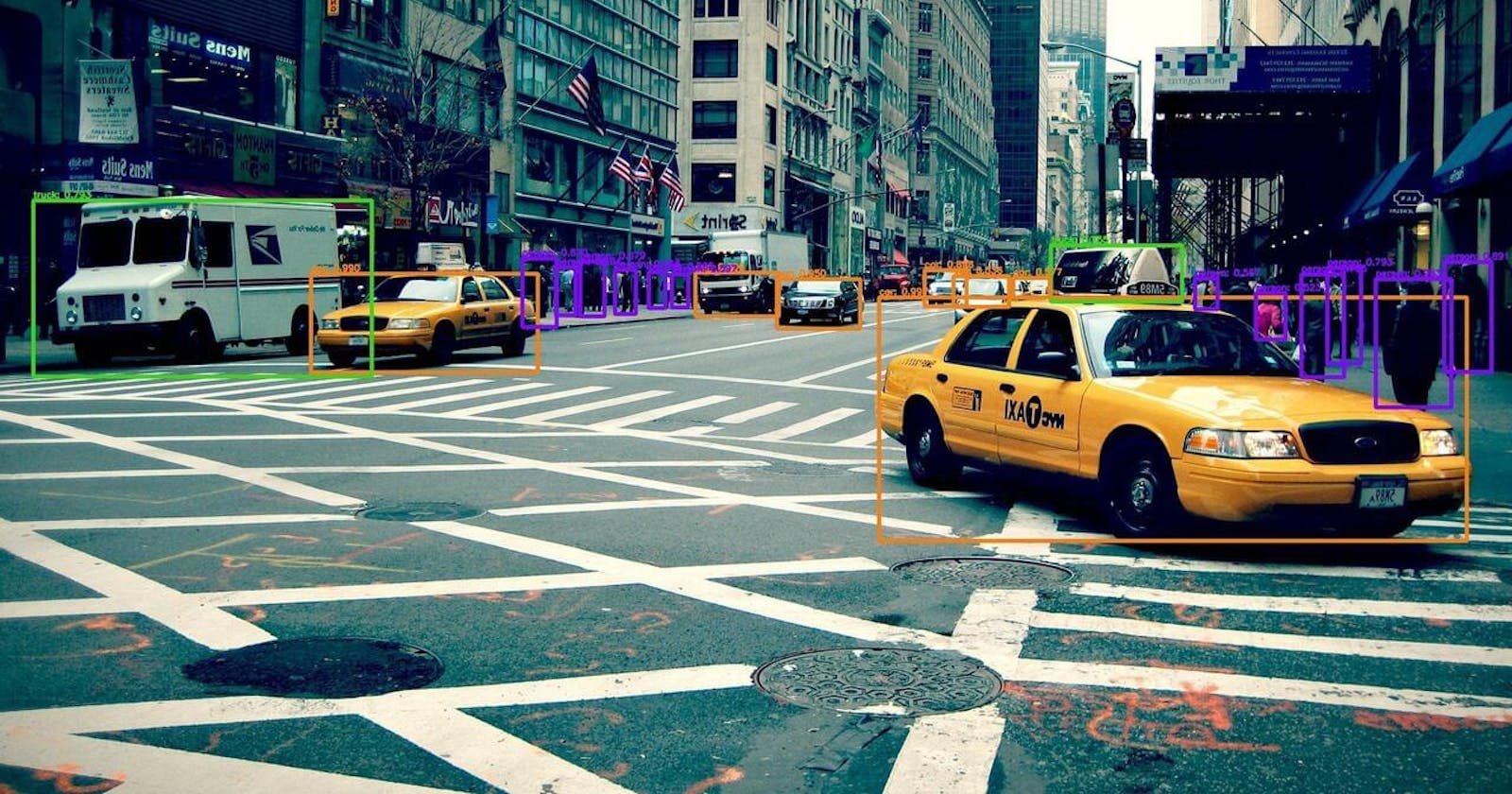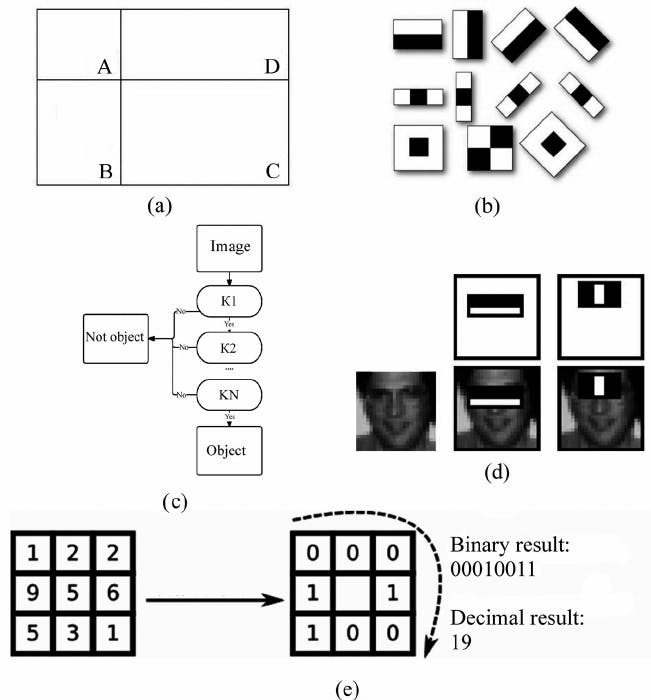In the field of computer vision, object detection stands as a crucial technique for pinpointing and identifying objects within images or videos. It goes beyond mere classification, not only recognizing the object's type but also meticulously marking its location with a bounding box. In this blog, we will dive into the fascinating world of object detection, exploring its history, technical foundations, and evaluation metrics.
Traditional Object Detection Techniques
The history of object detection predates the dominance of deep learning. Early algorithms relied on extracting basic features like edges and corners from images. These features, although straightforward to compute, proved inadequate for complex images with intricate details.
The Viola-Jones algorithm ushered in a new era, deploying a technique called "sliding window" to explore an image for pre-defined features resembling faces. This approach achieved impressive real-time face detection but remained limited in the variety of objects it could identify.
The Convolutional Neural Network (CNN) Revolution
A paradigm shift occurred with the advent of Convolutional Neural Networks (CNNs). These deep learning architectures, specifically designed for image recognition tasks, stormed the scene. Alexnet, a pioneering CNN model, demonstrated remarkable prowess in image classification. However, its strengths weren't directly applicable to object detection.
Researchers then devised RCNN (Regions with CNNs) models. These models functioned by segmenting an image into potential regions and deploying CNN-based classifiers on these selective regions to identify objects. While achieving superior accuracy compared to traditional techniques, RCNN models were hampered by their slow processing speed.
The quest for speed necessitated the development of faster RCNN variants like Fast RCNN and Faster RCNN. These models significantly accelerated the process by sharing convolutional features across various image regions, paving the way for real-time object detection.

YOLO: The Real-Time Object Detection Powerhouse
In 2015, the world witnessed the introduction of YOLO (You Only Look Once), a revolutionary object detection model. Unlike its predecessors, YOLO doesn't require multiple processing stages. Instead, it performs a single pass over the input image, simultaneously predicting bounding boxes and class probabilities for the objects it detects. This singular pass makes YOLO exceptionally fast, enabling real-time object detection applications
Metrics: Evaluating the Effectiveness of Object Detection Models
To assess the effectiveness of object detection models, two primary metrics reign supreme: Intersection over Union (IOU) and mean Average Precision (mAP).
IOU: This metric evaluates the degree of overlap between the predicted bounding box and the ground truth (the actual location of the object). A higher IOU signifies a more accurate prediction.
mAP: Primarily employed in classification tasks, mAP is also utilized in object detection. It measures the model's overall detection accuracy across various object classes.
The Object Detection Landscape: A Flourishing Field
Object detection is a thriving field, constantly evolving with the introduction of novel models and advancements in deep learning techniques. From Faster R-CNN variants like Mask R-CNN (capable of object segmentation in addition to detection) to SSD (Single Shot MultiBox Detector) offering a balance between speed and accuracy, the options are plentiful.
Important links:






